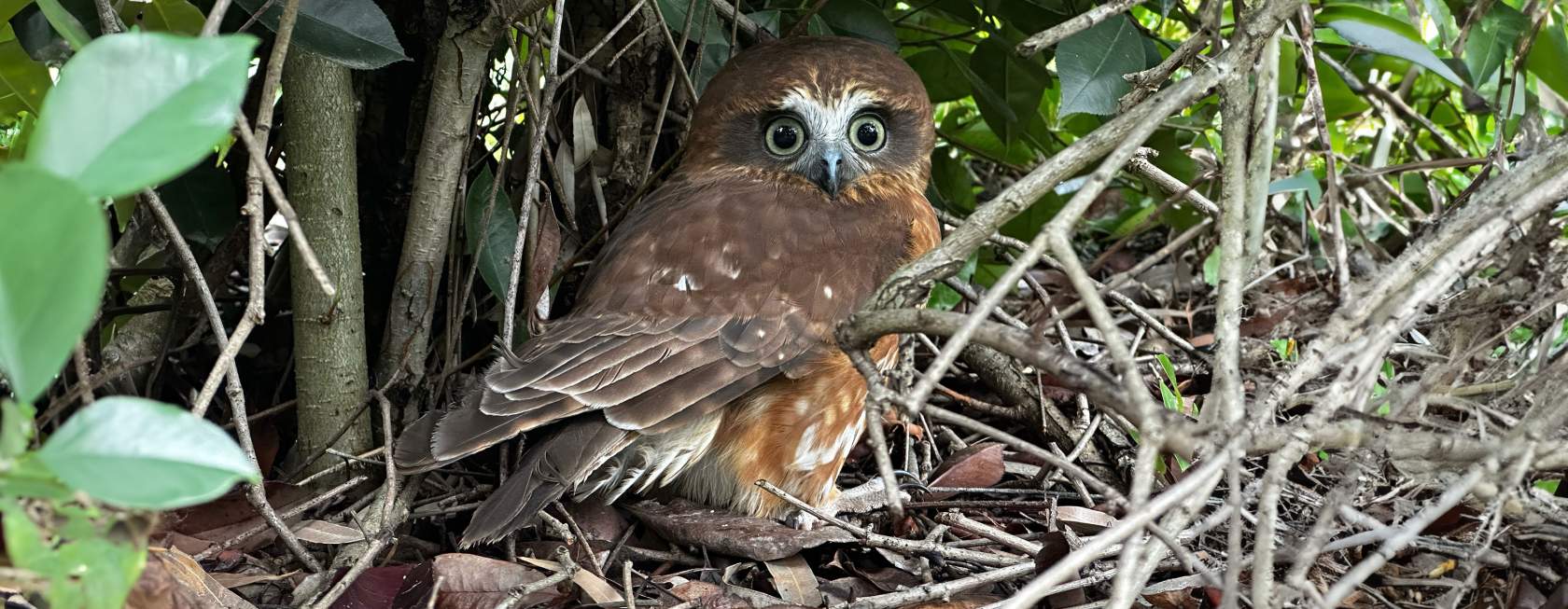
Owls form part of the Strigiformes order alongside other birds of prey.
In Victoria, we are lucky to live alongside several beautiful owl species including the barn owl, barking owl, Australian boobook, powerful owl, and the sooty owl.
Appearance
Each species of owl is unique in appearance, however the common features that characterise this nocturnal bird of prey are their large forward-facing eyes, flat face, and hooked, hawk-like beak.
Distribution and habitat
Owls are adaptable to varying habitats and can be found in a range of environments including woodlands, grasslands, snowy mountains and desert regions. Their primary habitat is in the hollows of trees, making them particularly reliant on the protection of old growth forests.
Diet
Owls are carnivorous birds of prey that feed on small tree- and ground-dwelling mammals, insects, frogs and reptiles.
Behaviour
Owl species are crepuscular or nocturnal – predominantly active at dusk and dawn or at night. They are typically solitary animals until they pair up to breed and care for their young.
Owls are unable to chew their food and as such eat their prey whole. An owl will regurgitate the indigestible parts of their prey in pellets.
Breeding season
Owls are oviparous – they produce young by laying eggs which are incubated by the parents until they hatch. While some species of owls, such as the barn owl, mate for life, others change mates each year. A female owl will lay three to four eggs per breeding season. Breeding season varies across the different species of owls.
General fun facts
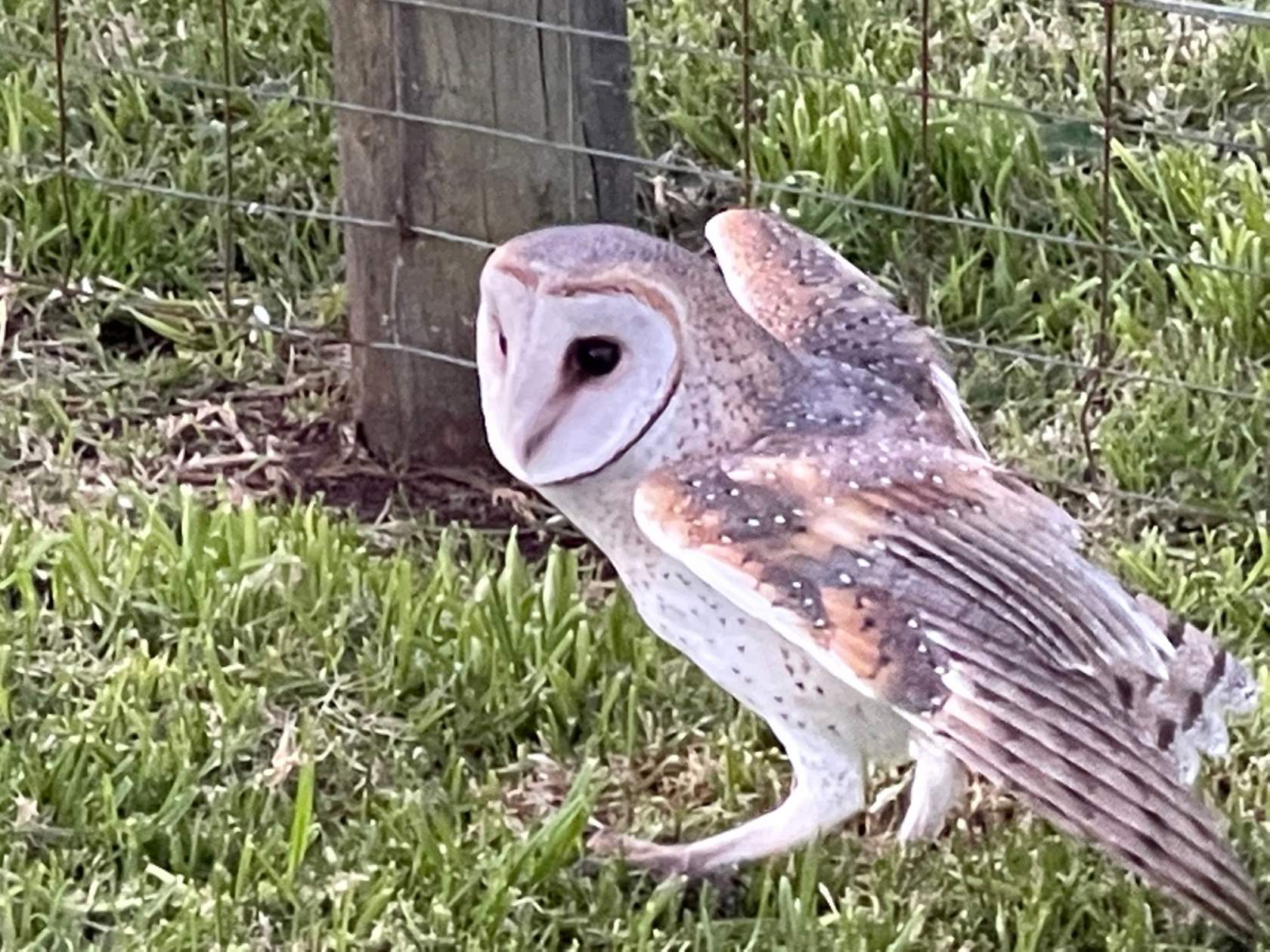
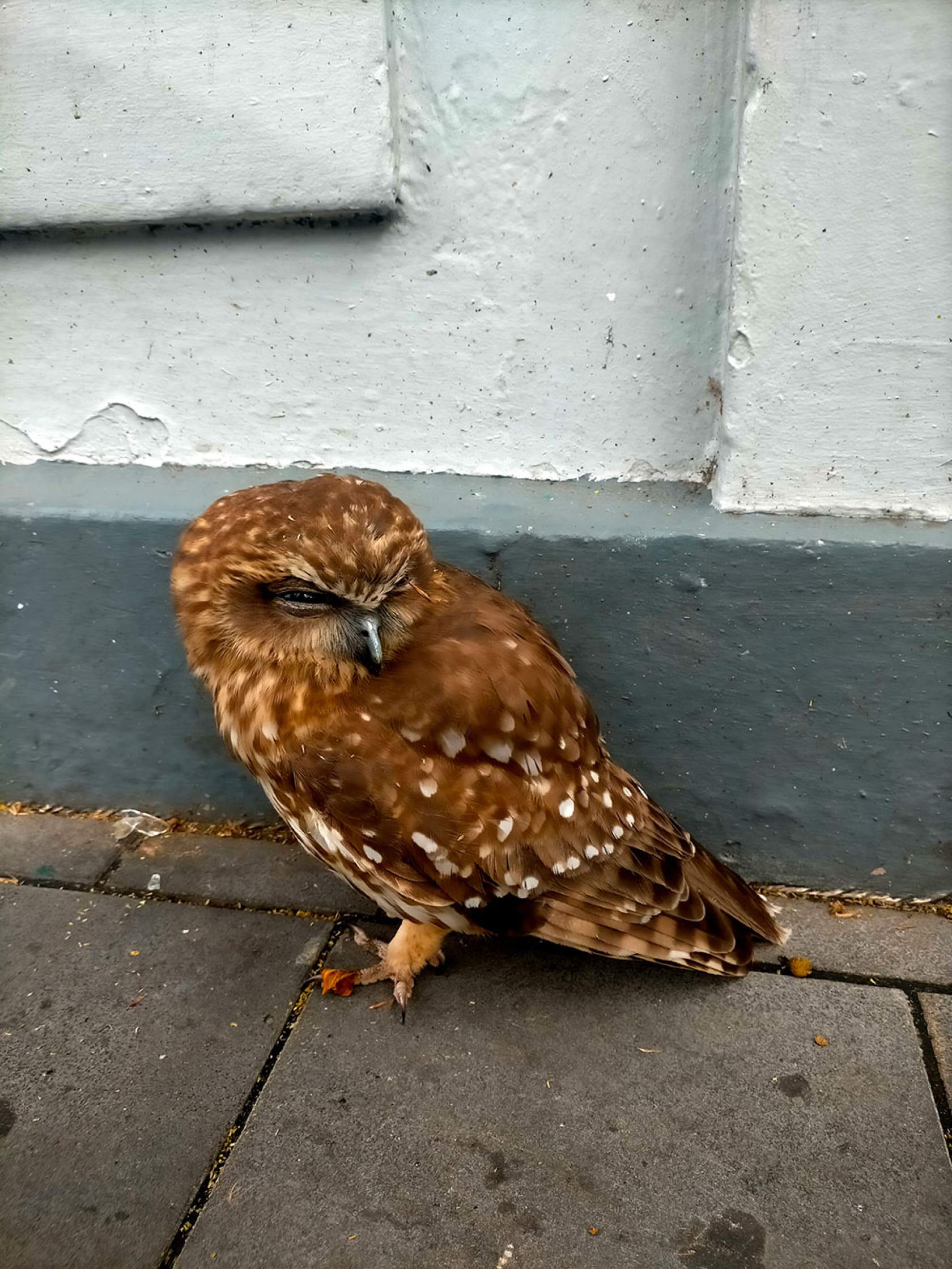
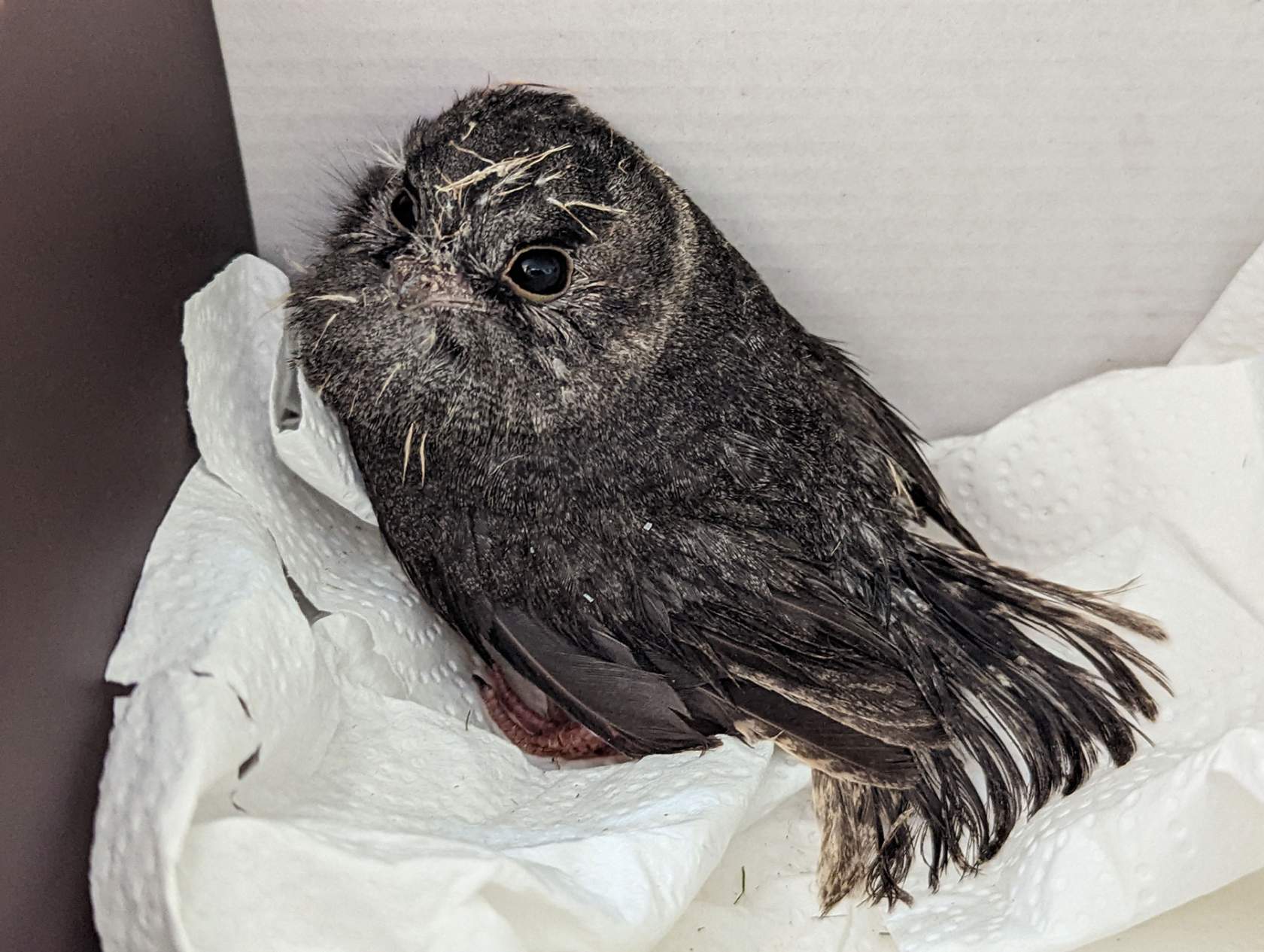
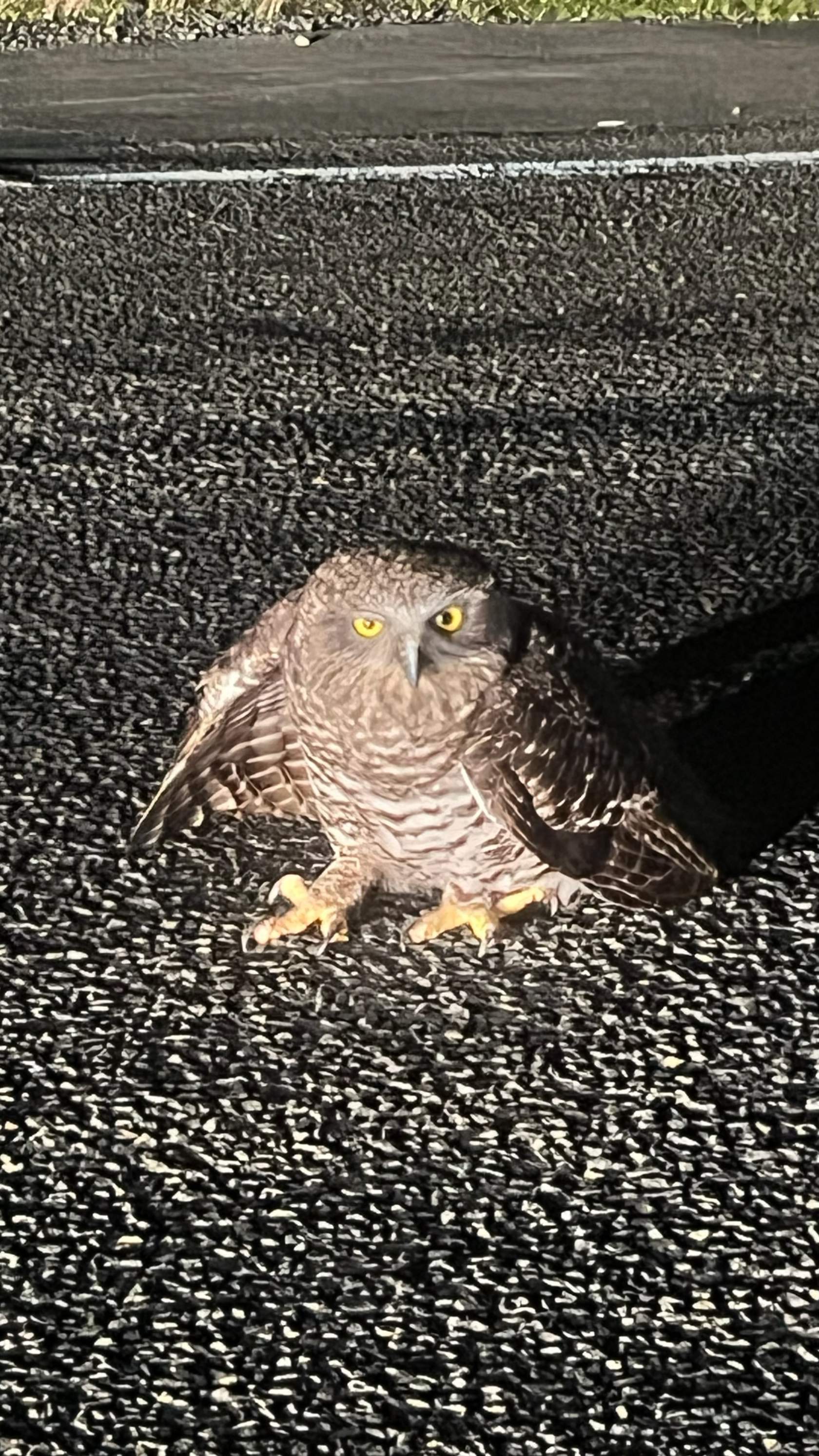
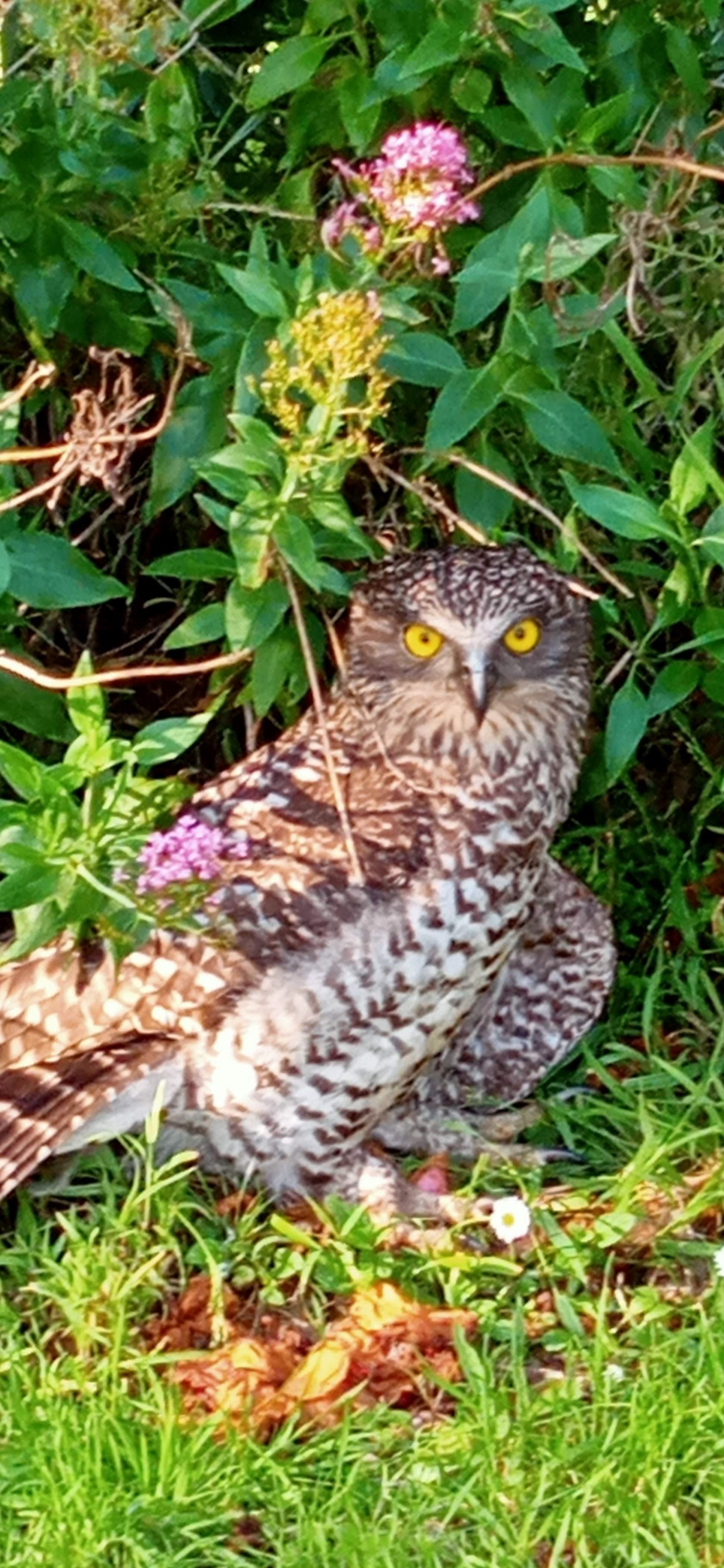
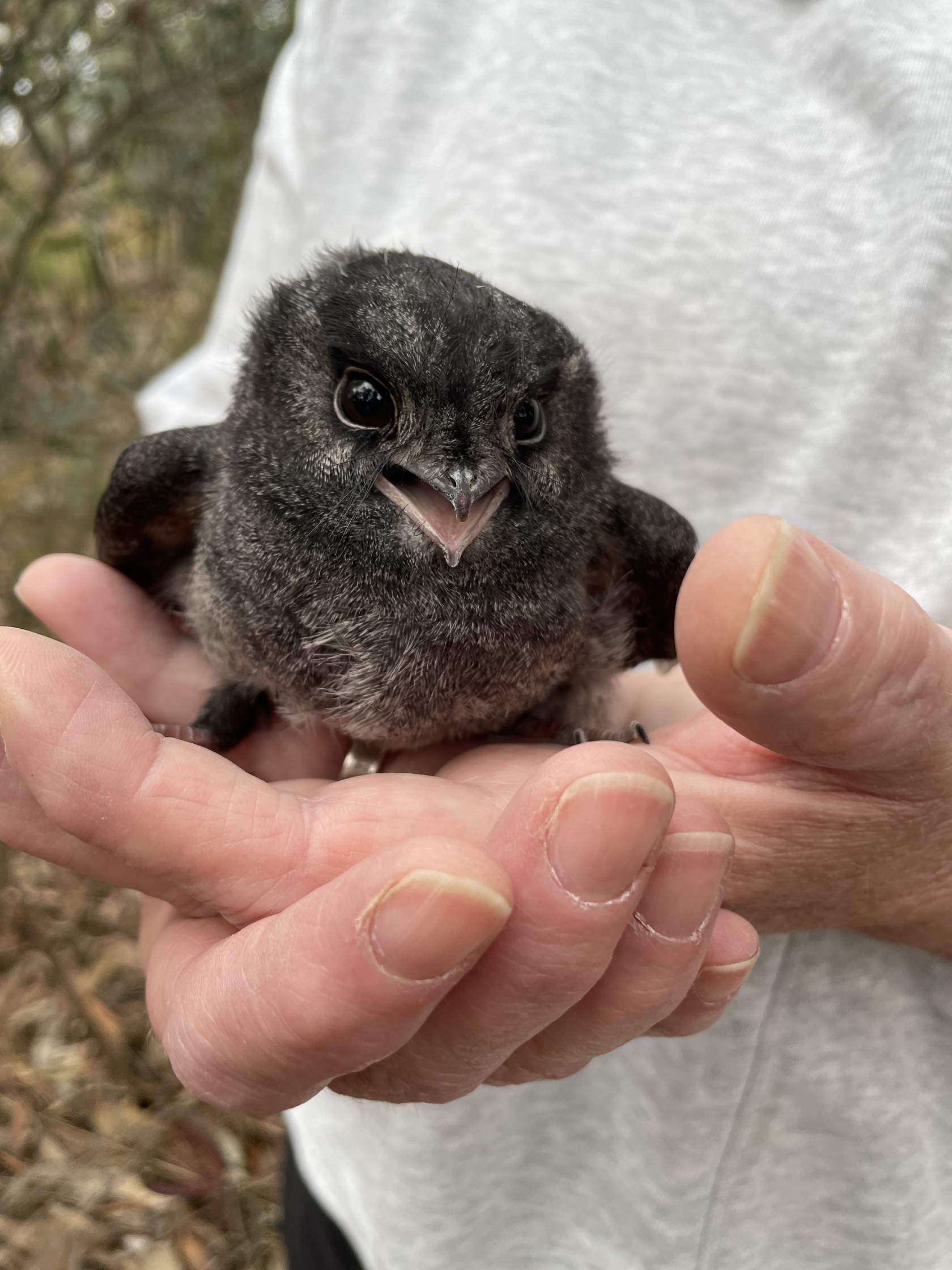
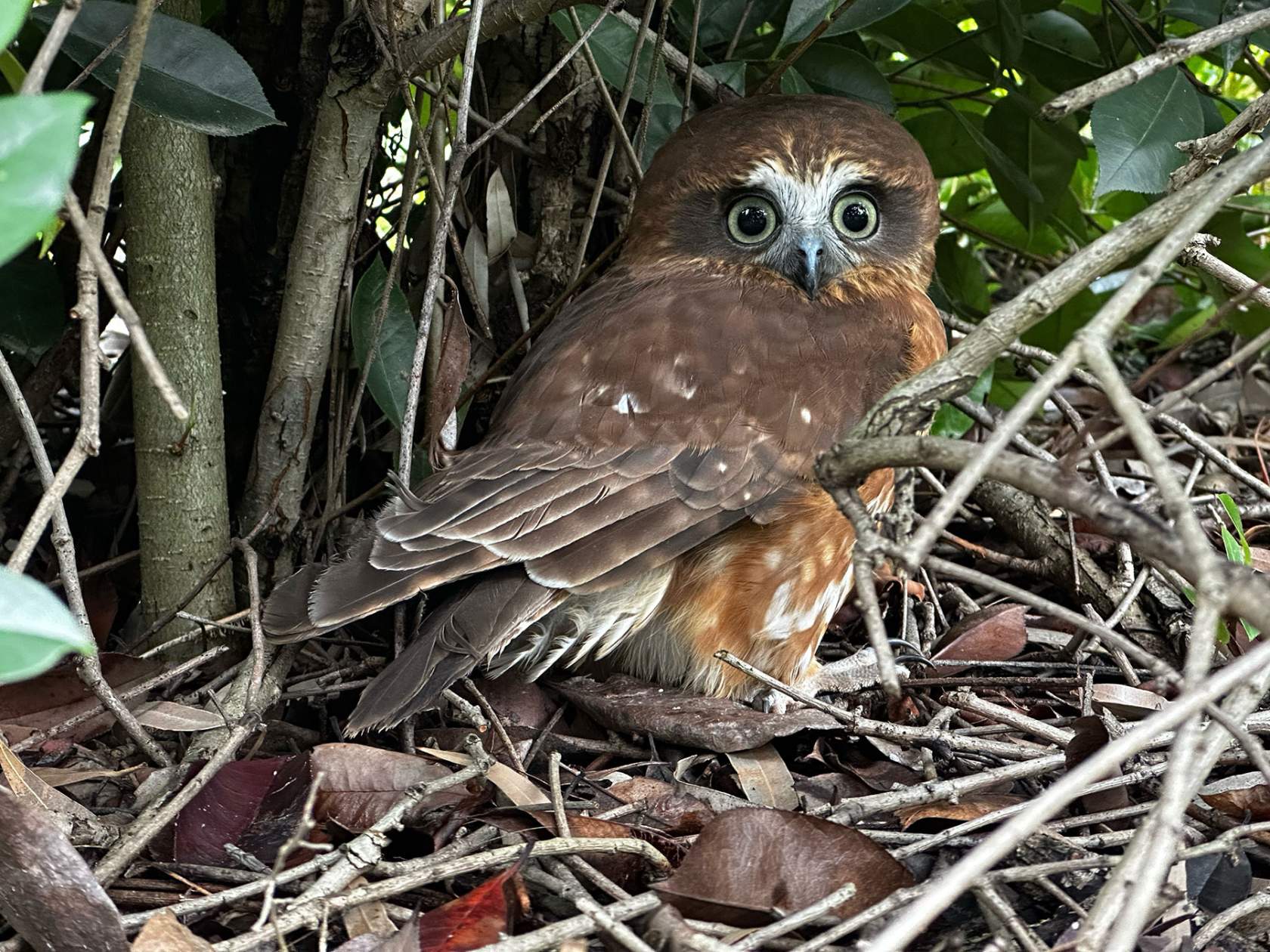

What can you do to help?
If you find an injured owl on the ground, please call our Emergency Response Service on (03) 8400 7300. Owls have powerful talons and beaks, so we don’t recommend trying to contain without proper protective equipment.
Owls can end up in large warehouses or buildings from chasing prey. As they can be hard to contain in these situations, we recommend the following methods:
Opening all doors and windows at night
Turning off all the lights at night
Keep noise to a minimum during the day
Placing a food source i.e. meat on the opposite side of the door outside to try lure the owl out
If you have tried these methods and the owl is still trapped, please call our Emergency Response Service on (03) 8400 7300.
Rodenticides are poisons used in domestic, industrial, and agricultural settings to eradicate animals such as mice and rats. Rodenticides are lethal to more than introduced rodents, with the risk of secondary poisoning common for native species that feed on poisoned rodents including small ground-dwelling native species and predator birds such as owls, eagles and tawny frogmouths. An affected bird may appear weak or lethargic, may be on the ground and not moving. If you suspect secondary rodenticide poisoning, please call Wildlife Victoria’s Emergency Response Service on (03) 8400 7300.
We hope that by increasing your understanding and awareness of our beautiful wildlife, you will feel empowered to manage wildlife situations confidently and in an informed, safe and appropriate manner. For support at any time, please call our 24/7 Emergency Response Service on (03) 8400 7300.
